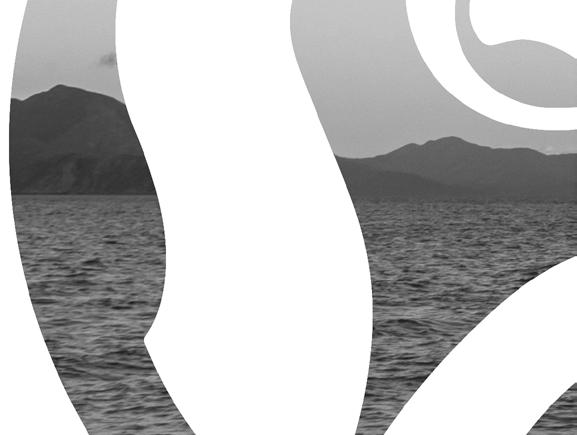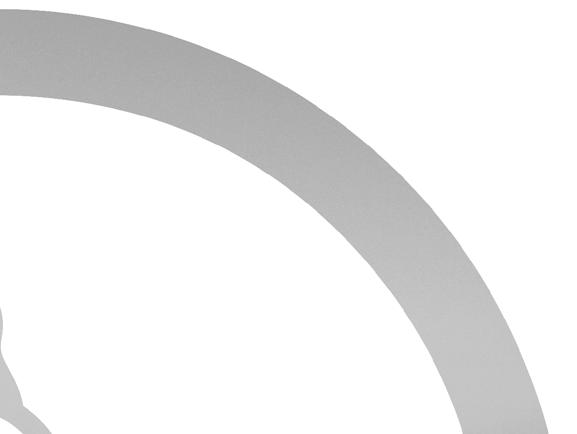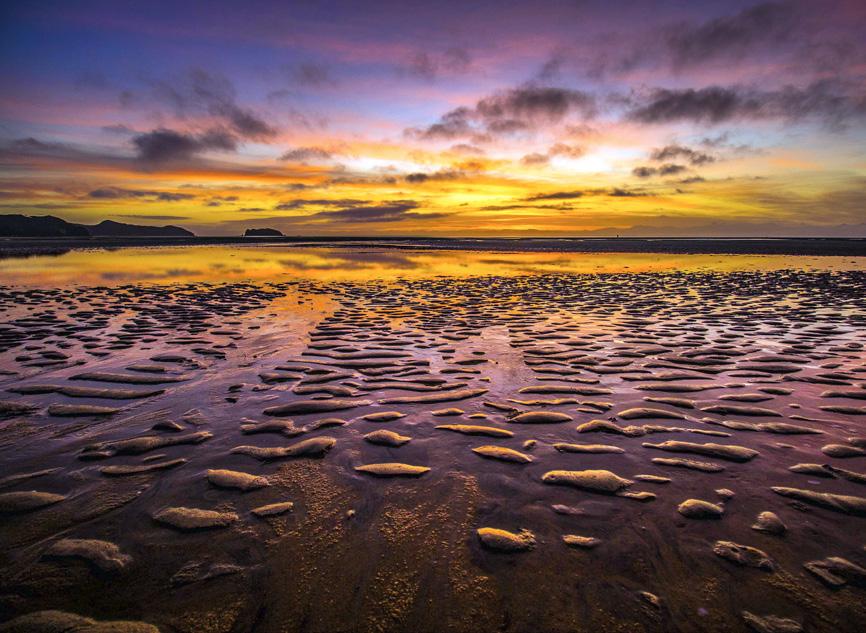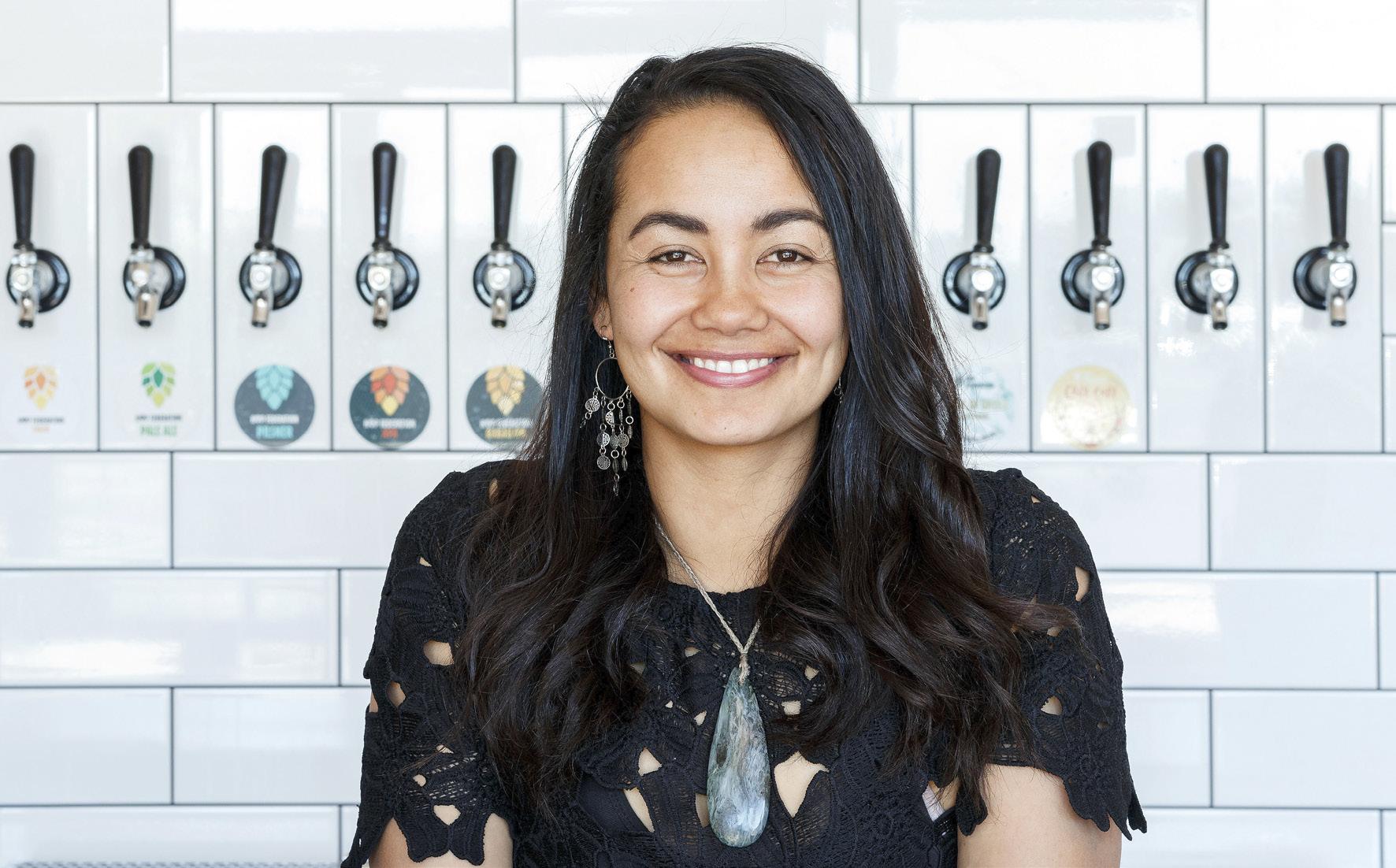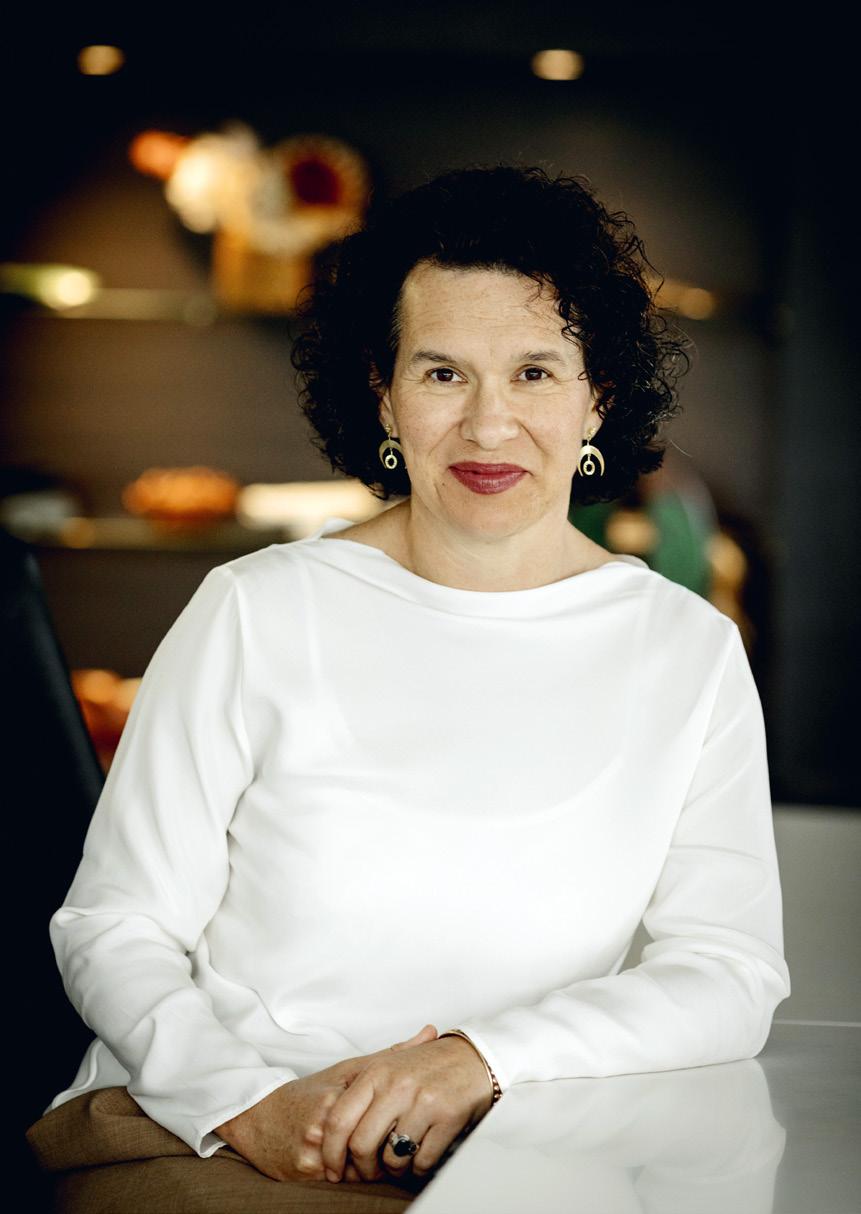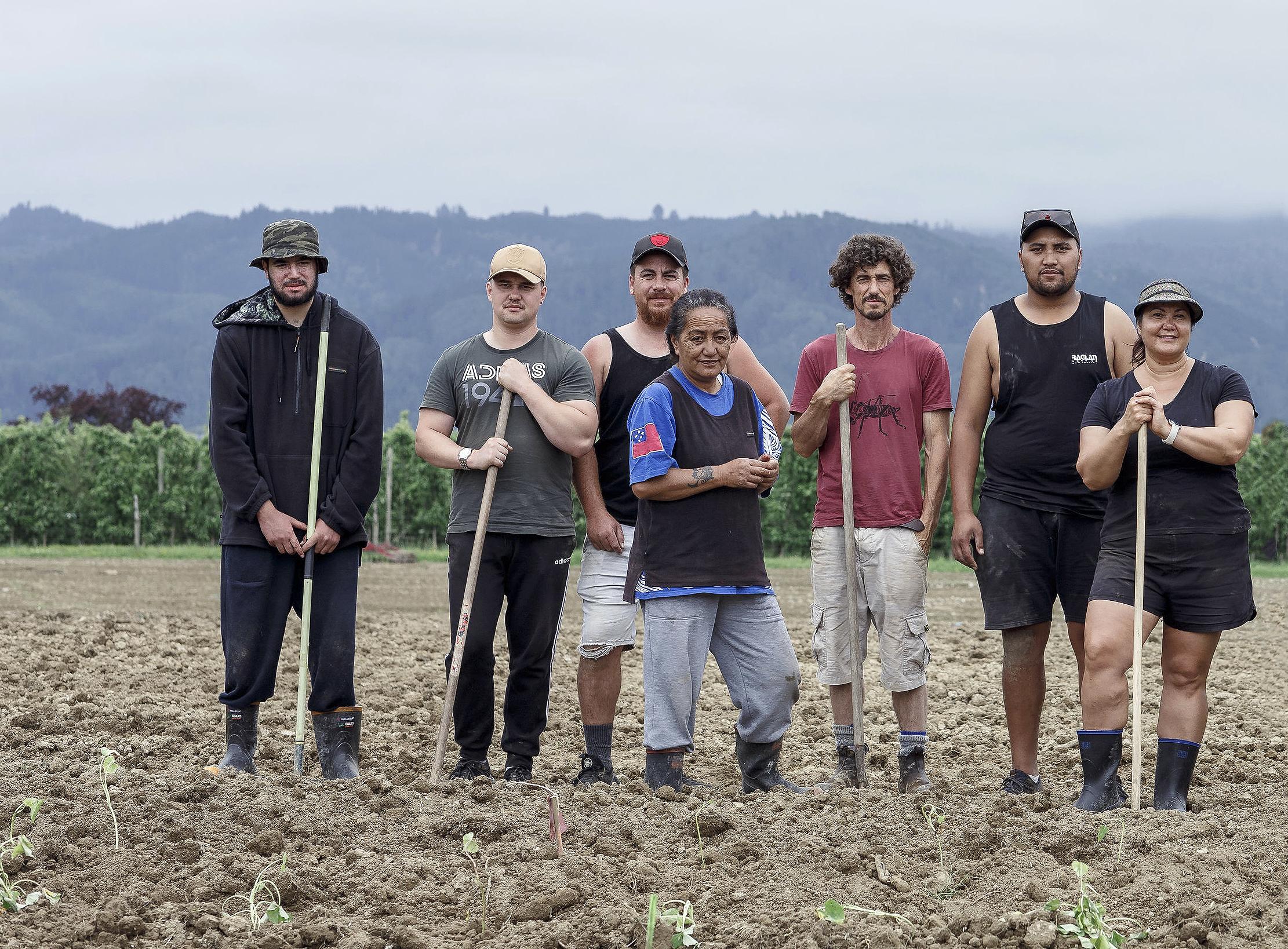
2 minute read
Wātaka
Wakatū meetings, wānanga & opportunities
Dates may be subject to change: please check www.wakatu.org for updates.
2021
1 April 30 April 3 May 14 June
2 August 31 August 4 – 8 October
3 December
4 December
10 December Taiohi wānanga (kōtiro) applications open Taiohi wānanga applications close Te Amonuku (associate director and manager) applications open Te Amonuku applications close Scholarship applications open Scholarship applications close Taiohi wānanga Owners’ Day, Whakatū (Nelson) Annual general meeting, Whakatū (Nelson) Mārahau summer bookings – all camping applications due by today
2022
Jan/Feb 26 March
3 December
10 December Ahi Kaa wānanga Special general meeting (SGM), Te Whanganui-a-Tara Annual general meeting (AGM), Nelson Deadline for summer bookings for camping at Mārahau
Pōwhiri at Whakatū marae for the Taiohi wānanga, 2018. Photo: Kate MacPherson
Writers: Anna Crosbie, Dianne Brown, Felicity Connell, Robyn Janes, Mauī John Mitchell, Kerensa Johnston, Meika Foster, Rōpata Taylor Editor: Jude Watson Design: Floor van Lierop (thisisthem.com) Photographers: Naomi Āporo, Melissa Banks, Claudia Meister, Gabriel Hughes, Kate MacPherson, Virginia Woolf Cover photos: Virginia Woolf Printed by Spectrum Print in Christchurch on a FSC Certified, chlorine-free stock made from pulp sourced from sustainable tree farms. Printed using soya based inks.
TĀPAE
Kōwhaiwhai
Kōwhaiwhai are a traditional Māori artform, with patterns often inspired by nature. As well as being decorative, kōwhaiwhai help to tell a story. The kōwhaiwhai featured throughout the magazine is specific to Wakatū; designed by one of our Te Hunga Panuku, Te Waiho Paratene.
There are three strands central to the design; the awa (rivers) that nurture the lands of Wakatū, the heke, the migration of our whānau and hapū from the North Island to Te Tauihu, and the journey of Wakatū since its incorporation in 1977.
Each segment of the kōwhaiwhai represents the hapū of Wakatū who descend from the iwi of Ngāti Koata, Ngāti Rārua, Ngāti Tama and Te Ātiawa. These segments symbolise chain links. Built from the strength of those who came before, the chain represents the strong links Wakatū has with its Owners, whānau, employees and business associates. It also represents the presence of Wakatū in Te Tauihu, Aotearoa, and the world, now and in the future.
Kōwhaiwhai


Kōwhaiwhai are a traditional Māori artform, with patterns often inspired by nature. As well as being decorative, kōwhaiwhai help to tell a story. The kōwhaiwhai featured throughout the magazine is specific to Wakatū; designed by one of our Te Hunga Panuku, Te Waiho Paratene.
There are three strands central to the design; the awa (rivers) that nurture the lands of Wakatū, the heke, the migration of our whānau and hapū from the North Island to Te Tauihu, and the journey of Wakatū since its incorporation in 1977.
Each segment of the kōwhaiwhai represents the hapū of Wakatū who descend from the iwi of Ngāti Koata, Ngāti Rārua, Ngāti Tama and Te Ātiawa. These segments symbolise chain links. Built from the strength of those who came before, the chain represents the strong links Wakatū has with its Owners, whānau, employees and business associates. It also represents the presence of Wakatū in Te Tauihu, Aotearoa, and the world, now and in the future.
